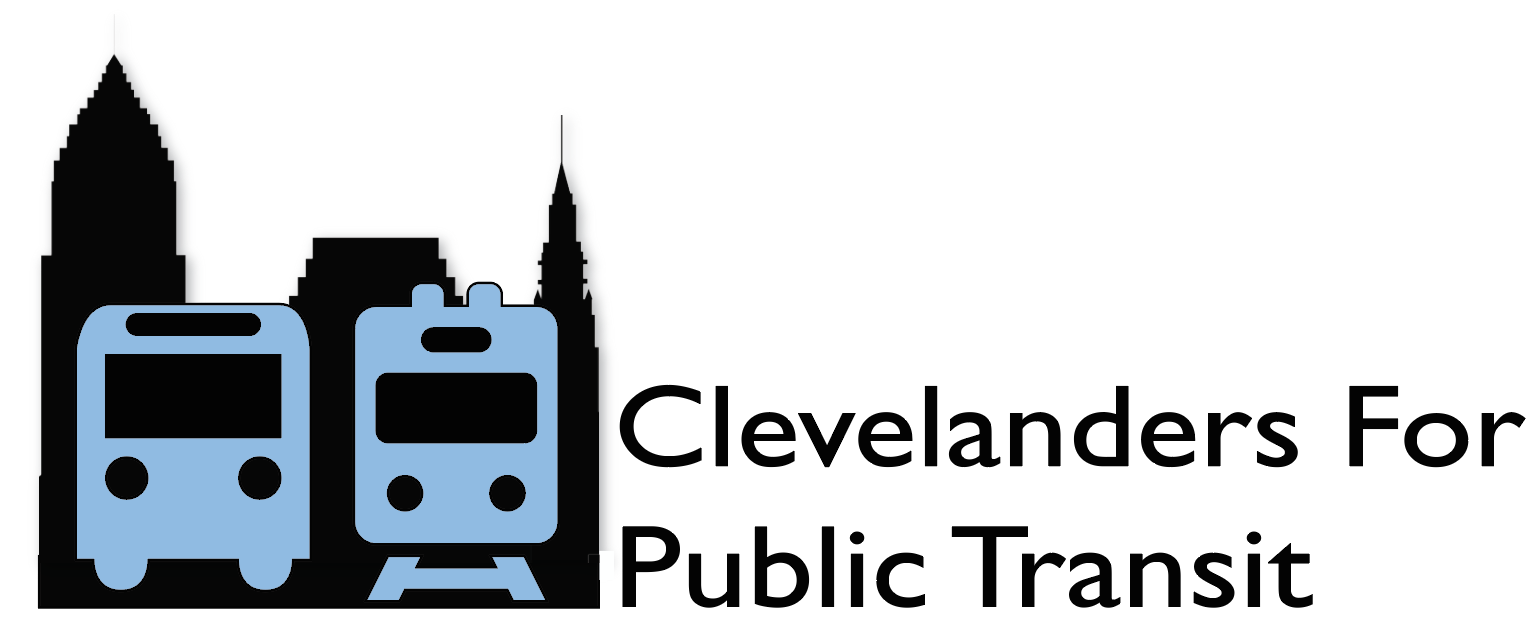Source: SAFETY IS ESSENTIAL: REIMAGINING PUBLIC SAFETY ON GCRTA (From CPT’s Ending the Transit Death Spiral Policy Platform)
Clevelanders for Public Transit (CPT) expresses its shock and sorrow over recent violent incidents involving the Greater Cleveland Regional Transit Authority (GCRTA):
-
On March 21, 2022, 21-year-old David Kittreles was shot to death on a HealthLine bus.
-
On April 3, 2022, a woman was assaulted at the West Blvd – Cudell Rapid Station.
-
On April 4, 2022, a man was stabbed in the Hopkins Airport Rapid Station.
Violence is a plague within American society, one that happens everywhere, including on public transit. This does not mean riding public transit is unsafe. In fact, riding the bus is 60 times safer than driving. 242 people died in car crashes in Cleveland between 2016 and 2020.
Public transit riders deserve safe, fast, reliable, affordable, and frequent service.
The police are not the source of public safety. As Cleveland City Councilor Stephanie Howse stated at the April 13, 2022 Cleveland City Council Safety Committee “police do not prevent crime.” They also do a statistically poor job of solving it. In 2021, GCRTA Transit Police made headlines twice for committing criminal acts of violence against riders.
On train platforms and at bus stops, it’s more eyes on the street that provide public safety. CPT has called for civilian transit ambassadors to be one set of those eyes since 2018.
Civilian transit ambassadors are helpers. They can:
-
Act as ambassadors and another set of eyes on the ground.
-
Check fares and explain the fare payment system to new riders.
-
Perform station audits to keep shelters and stations clean with up-to-date information.
-
Work with community intervention specialists for individuals experiencing crisis, homelessness, mental health, and substance use.
They should be public employees, paid a living wage with benefits, and members of Amalgamated Transit Union Local 268.
Cleveland also needs more riders to be eyes on the street. That means putting more buses on our streets. RTA will never achieve its ridership goals without adding service.
In fact, RTA ridership has plummeted because the agency has cut service and increased fares. In 2005, RTA provided 57 million rides. By 2019, RTA was providing just 32 million rides per year. Last year, RTA provided a measly 15.9 million rides. In that same span of time, service has been cut nearly 30% while fares have doubled. This is the transit death spiral.
Meanwhile, RTA budgets $15 million for over 125 police officers. By contrast, Pittsburgh’s transit agency has a police department of just 47 cops while providing forty percent more rides than RTA. In 2021, Pittsburgh’s transit agency provided 22.4 million rides compared to RTA’s 15.9 million.
Clevelanders for Public Transit believes this money would be better spent on additional service so that there will be more riders, more eyes on the street, and more public safety.
